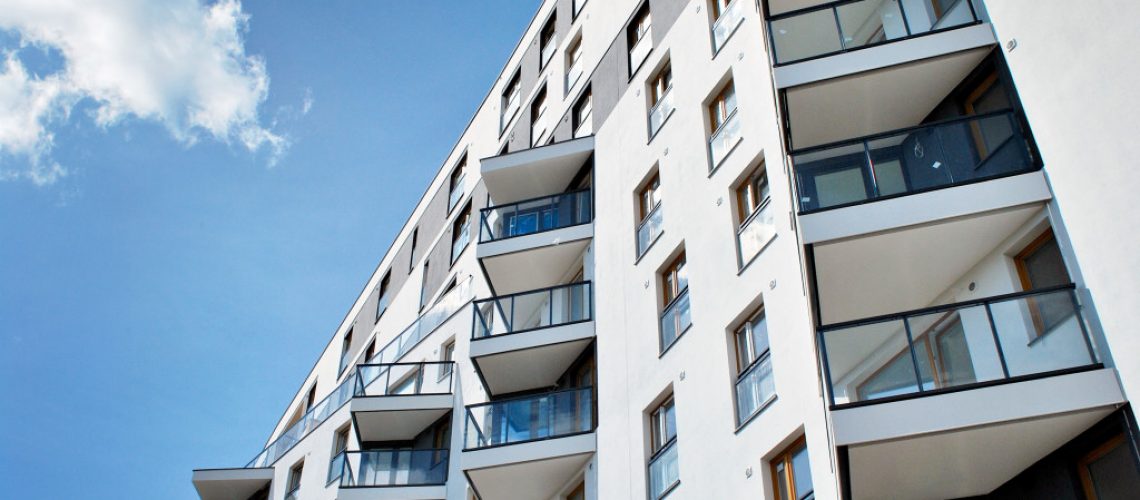There is still a high demand for residential buildings, particularly because the population sees no signs of thinning out, and more people are densifying in urban areas because of work opportunities. With all of these new infrastructures meant to cater to large communities being built, one of the most important factors to consider is energy efficiency. Not only is this better for the environment, but it can cut down on maintenance costs in the long run.
Here are some ways you can make your entire structure more energy-efficient.
-
Focus on your HVAC first and foremost.
The HVAC system is notorious for taking up the most significant amount of energy consumption in a building. In general, it takes up almost half of the total, so this is the area where you really want to bring it down as much as possible. Too often, this comes down to using equipment of poor material. That leads to AC repairs and replacements that take too much time and money and end up wasting resources that could have been prevented if you started with a good installation in the first place.
When we refer to a good installation, it means everything is seated in place properly, tested, and equipped with good cooling and heating mechanisms that don’t draw as much power to do the job. It may also do you well to use a system that incorporates economic cycles, which uses the climate around it to use less energy and produce the same results.
-
Don’t scrimp on insulation.
Poor insulation is one of the most common reasons for energy bills going up, and it just doesn’t do a good job of keeping temperatures well-maintained indoors. It is basically in charge of trapping the right kind of air inside, where you want it. So, when it needs to be cold, it prevents cool air from escaping. And when you need more heat, it keeps warm air flowing inside.
Ironically, this ability stems from its resistance to heat flow. So, it’s important to know that it’s not one-size-fits-all when you get this installed. The right type and amount you’ll need will depend on your area’s general climate as well as the moisture control you have in place.
-
Go for LED lights throughout.
From your outdoor lighting, the fixtures in your halls, and those parts of every unit, make sure you opt for LED. It’s a pretty solid investment that won’t do you wrong because not only do they actually sell for less than when they were first introduced into the market, but they are also most cost-efficient in the long run. This is because they don’t produce heat like older variants of lighting and the components used are very efficient with their energy consumption. This immediately lowers the bills when it comes to electricity.
You also essentially get twice the brightness for even less consumption. Of course, you still have the choice of wattage so you can determine how bright you want each bulb to be, but overall, you can rely on these lights to deliver the promised brightness and hue for years to come. These bulbs have an average lifespan of 11,000 hours, which is leagues above the other options out there and doesn’t hurt the environment with the same amount of emissions.
-
Try incorporating tap aerators.

Water consumption is also a major point of interest when it comes to conservation and sustainability. So, invest in including an aerator for every tap in your residential building. These are very easy to install and basically utilize your water better so that you get what you need without wasting any liquid. The aerator separates the water into streams so that you get enough pressure to get a proper stream out without actually using as much water. That way, you save on water bills, and you’re more sustainable with your natural resources.
-
Consider striving for LEED certification.
The Leadership in Energy and Environmental Design covers all metrics that point to just how sustainable and environmentally-friendly a place is. So, when in the building or designing process, strive to hit their standards. If you can get their certification, you can rest easy knowing that you are providing good housing that is practical for individuals while also thinking of the future because of green building. LEED has four levels you can achieve, and “certified” is just the beginning. If you have the budget and time, you can even try putting your efforts into getting silver, gold, or platinum.
If you build these into your residential property, you should be able to sit back and know that your building is future-proof in a significant way.

